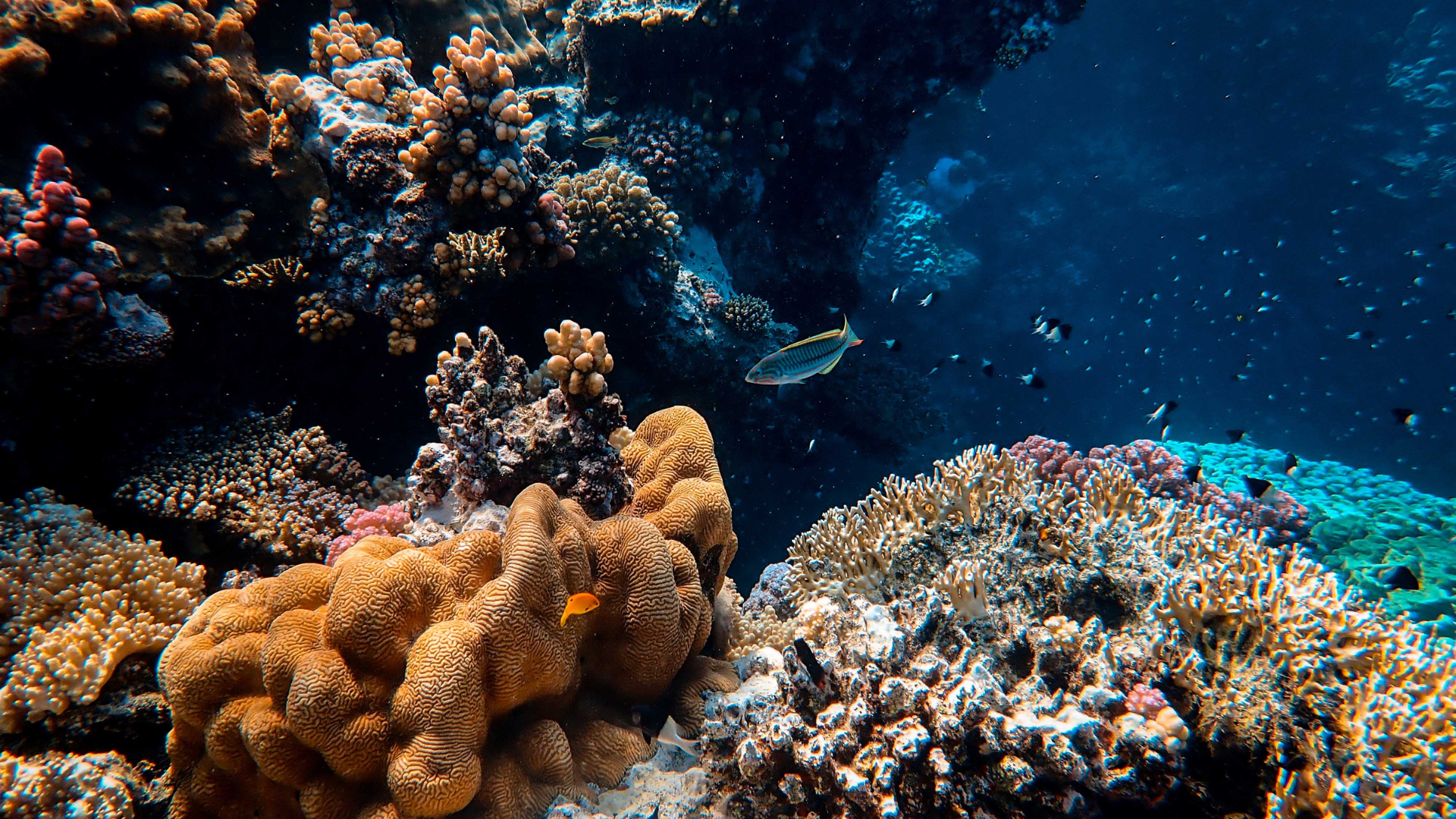As the world continues to evolve, we’ve seen a significant increase in human activities that impact our oceans and marine life. From oil spills and pollution to overfishing and climate change, the health of our seas is under threat. It’s crucial that we take action now to preserve these precious resources for future generations. In this blog post, we’ll explore why it’s essential to conserve marine life and provide some tips on how we can all play a role in saving our seas.
What is Marine Life?
Marine life is an essential part of our oceans and seas. Marine life helps to keep our ocean ecosystems in balance by consuming harmful pollutants, providing food for marine animals, and serving as a breeding ground for fish.
However, marine life is in danger due to human activities such as fishing, shipping, oil and gas drilling, and coastal development. We need to take steps to conserve marine life if we want to protect the environment and our economy.
When looking at marine conservation, understanding and protecting marine life is essential. Scientists tend to use seismic tapes, as they can provide data for studying underwater ecosystems and the creatures that inhabit them. However, these tapes often contain vast amounts of complex audio information that require meticulous transcription for analysis. This is where specialized services come into play, who can carry out the transcription of seismic tapes with precision and efficiency. By accurately transcribing the data contained within these tapes, researchers can gain deeper insights into marine life behavior, migration patterns, and habitat preferences.
Why is it Important to Protect Marine Life?
Marine life is an important part of our oceans and seas. The health of marine ecosystems is essential for the overall health of our oceans, which support many species that are important to human life. Marine life helps to regulate ocean currents, keep water temperatures stable, and support a vast array of marine creatures. Marine habitats provide food and shelter for a wide variety of marine creatures, including fish, seabirds, seals, and whales.
Marine mammals are particularly vital to the health of the ocean. They play a role in dispersing nutrients and helping to regulate populations of fish and other sea creatures. The International Union for Conservation of Nature (IUCN) has assessed marine mammals as being one of the 10 most threatened groups on Earth. In spite of their importance, many marine mammals are in danger of becoming extinct in the near future.
Marine life also provides tourism opportunities and contributes to the economy through fishing and other maritime activities. Tourism brings billions of dollars to economies around the world every year. It’s estimated that tourism supports over one million jobs in coastal communities worldwide. It’s also important to consider environmental impact when considering tourism options. Air quality, noise levels, and water pollution can all be negatively impacted by tourism development.
Threats to Marine Life
The main threats to marine mammals include: bycatch, habitat destruction, entanglement in fishing gear, pollution, and climate change. Bycatch includes animals such as dolphins and whales that are caught in fishing nets or trapped in trawls. Habitat destruction includes activities such as oil drilling and shrimp farming that can damage coral reefs or destroy seagrass meadows.
Entanglement in fishing gear can lead to death from suffocation or strangulation. Climate change is causing changes in weather patterns that can threaten marine wildlife populations.
Pollution from industrial ships, oil spills, and other sources can harm marine life and disrupt vital ocean ecosystems. We need to protect both the habitats that marine life needs to survive and the creatures themselves if we want to maintain healthy oceans for future generations.
Methods of Protecting Marine Life
One way we can help conserve marine life is by discouraging wasteful fishing practices. Fishermen can catch more fish by using more selective methods that account for the size and age of the fish they are catching. Selective fishing also reduces the number of unwanted species caught, which benefits both the environment and fishermen’s wallets.
We also need to reduce our footprint on the ocean. Shipping alone accounts for over 20% of all carbon emissions from human activity. By reducing our reliance on shipping, we can help protect marine life while saving money on our bills.
Finally, we need to educate ourselves and others about the importance of conserving marine life. By sharing information about how we’re damaging the oceans through our actions, we can help make a difference in the long run.
We all have a responsibility to conserve marine life. These creatures provide us with essential services such as cleaning up our oceans and providing food for both humans and animals. It’s important that we all take the time to learn about marine life and how we can help preserve it. If you’re interested in learning more, check out more resources or find a conservation group near you. Together, let’s work towards saving our seas!
